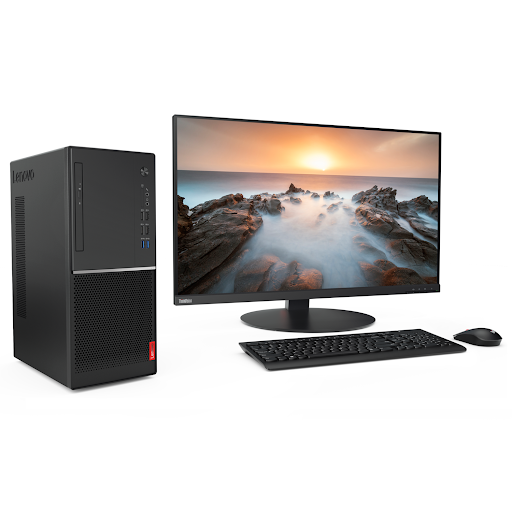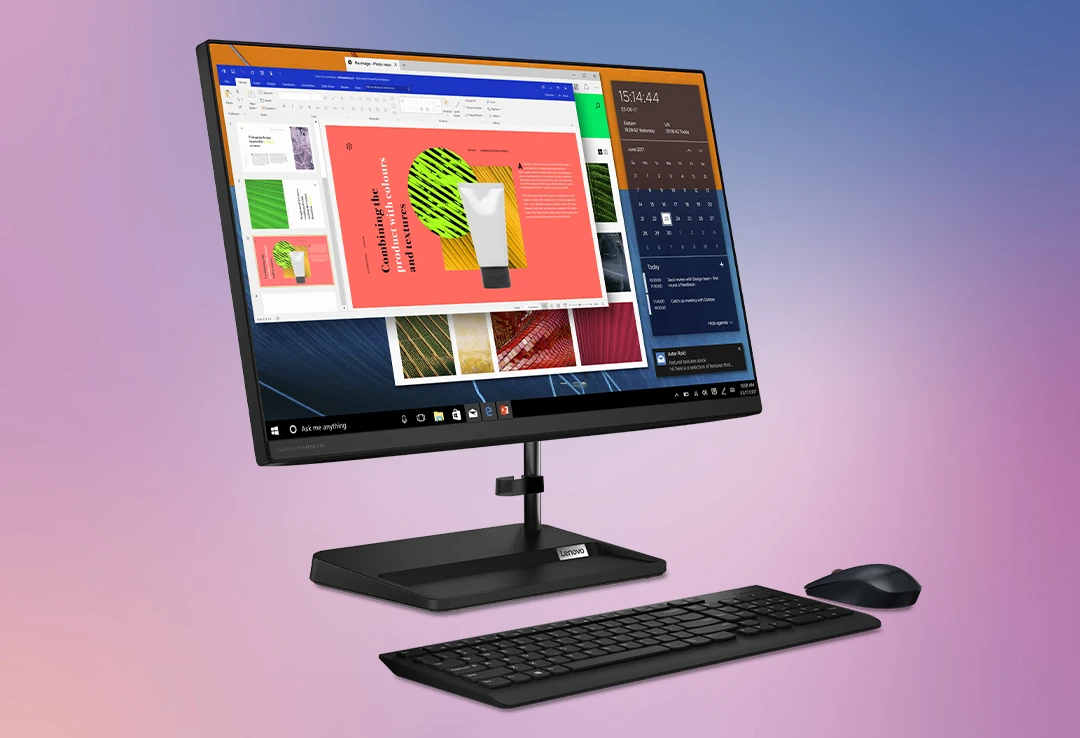Dealing with a Lenovo desktop that won’t turn on can be a frustrating experience. You’re ready to dive into your work or enjoy some leisure time, but instead, you’re met with a lifeless machine. It’s a common problem with a variety of potential causes, from simple power issues to more complex hardware failures. This article is designed to help you troubleshoot the problem step by step, with practical solutions to get your Lenovo desktop up and running.
Power Supply Check
Before diving into more complex troubleshooting, it is essential to ensure that the power supply to your Lenovo desktop is functioning correctly.
Check the Power Source
Begin by verifying that the power cable is firmly connected to both the wall outlet and the back of your desktop. If connected to a power strip or surge protector, make sure it is turned on and functioning.
Test the Outlet
Sometimes, the issue could be with the power outlet itself. Test the outlet by plugging in another device to see if it works. If not, you’ll need to use a different outlet.
Inspect Cables and Connectors
Damaged power cables or loose connectors can also prevent your desktop from turning on. Inspect the power cord for any signs of damage, and ensure that all connectors are snug and secure.
Power Supply Unit (PSU) Test
If you’re comfortable with opening your desktop, check the PSU using the paperclip test or a PSU tester to determine if it’s working correctly. If the PSU is faulty, it will need to be replaced.

Basic Hardware Troubleshooting
If the power supply is not the issue, it’s time to look at the hardware components inside your Lenovo desktop.
Remove Peripheral Devices
Disconnect all peripheral devices (such as printers, USB devices, and external drives) from your desktop. A faulty peripheral or port can sometimes prevent the system from booting. Try turning on your desktop after disconnecting these devices.
Check for Beep Codes
When a Lenovo desktop encounters a hardware issue, it may emit a series of beeps called beep codes. Refer to your Lenovo user manual or the official website to interpret these codes, which can help identify specific hardware problems.
Re-seat Memory Modules and Graphics Card
Loose or improperly seated RAM and graphics cards can cause the desktop not to turn on. Power down the machine, unplug it, and then re-seat the memory modules and graphics card, ensuring they click into place.
Inspect the Motherboard
Look over the motherboard for any signs of damage, such as burnt components or swollen capacitors. If you notice any such issues, the motherboard may need repair or replacement.
Software and Firmware Considerations
Once you’ve ruled out power and basic hardware issues, it’s time to consider possible software and firmware culprits.
BIOS Issues
An outdated or corrupt BIOS (Basic Input/Output System) can prevent your desktop from starting. If you suspect a BIOS problem, you may need to reset it or update the firmware. This process can be delicate, so refer to Lenovo’s support documentation or seek professional help if necessary.
Boot Device Priority
Ensure that the BIOS is set to boot from the correct device. If the settings are incorrect, your desktop may not start properly. Access the BIOS setup during boot and adjust the boot device priority as needed.
Corrupted Operating System
A corrupted operating system can also be the culprit. If possible, try booting into safe mode or using recovery tools to repair the OS. In some cases, you may need to reinstall the operating system.
Conclusion A Lenovo desktop that won’t turn on can stem from a variety of causes, but with a systematic approach to troubleshooting, you can often identify and fix the issue yourself. Start with simple checks like the power supply and move on to hardware inspection and software considerations. If all else fails, professional assistance is the next best step. Remember to keep calm and approach the problem methodically – with a bit of patience, you’ll likely get your Lenovo desktop back to its operational state.
